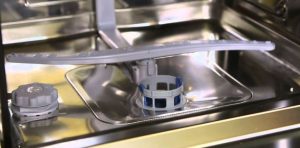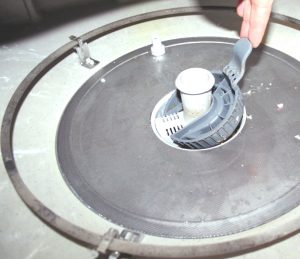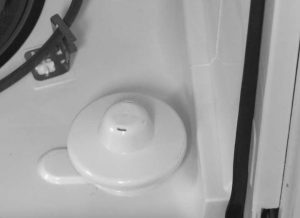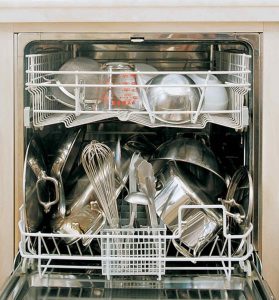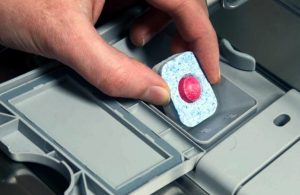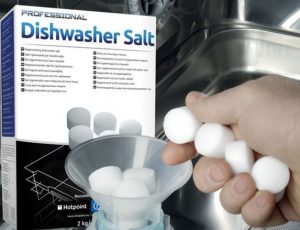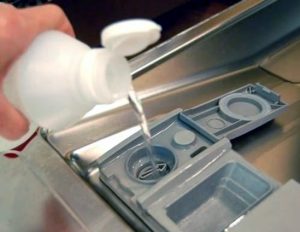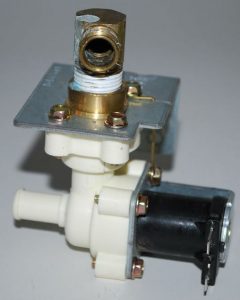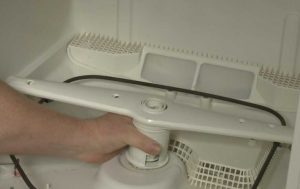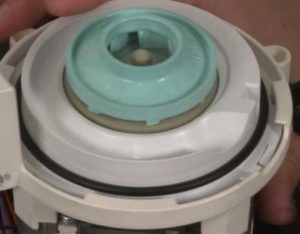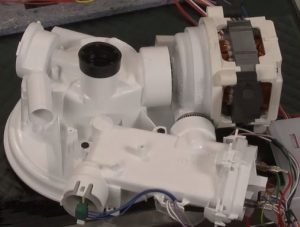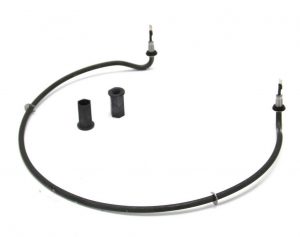Is your dishwasher not cleaning properly? Here’s how to fix it.
Have you ever experienced the situation when you open the dishwasher door and see that your dishes are still spotty, stained or covered with residue? If so, it was frustrating.
Washing times, temperatures and cycle settings can all have a major influence on the performance of your machine but if you are sure that you are using the correct settings, a lack of cleanliness may signal a fault with your unit.
Follow these tips to get your dishwasher cleaning properly:
-
Clean the spray arm
Dishwasher spray arms provide streams of hot water directly to the dishes in order to clean them. Sometimes spray arms become clogged and need to be cleaned. Remove the lower arm by pulling it upward and upper one by unscrewing the knob under it. Feed the wire through the holes in the spray arm to clean out any debris.
-
Clean the filter
Food debris can accumulate on the filter. It may prevent the normal operation of your dishwasher. As a result, the dishes will not cleaned properly. Clean the filter by removing the filter screen if it is possible. Otherwise, use a vacuum cleaner to suck out the debris.
-
Clean the float valve
The float valve is designed to control the water level during the operation cycle. When you hear the dishwasher stop filling, open the door to check the water level. It should reach or come close to the heating coil. If it does not, check the float valve. Make sure it moves up and down freely and is not full of debris. In case there is any restriction in the float valve, just clean it.
-
Avoid overloading the dishwasher
Do not overload your dishwasher. When the dishwasher is overcrowded, it makes the washing process more difficult and prevents dishes from getting clean. Space the dishes so that each one has the space it needs to get clean. From the other hand, it is not efficient to run an underloaded dishwasher as well. Find the happy balance!
-
Use the right dishwasher detergent
Use only detergent designed specifically for dishwashers. Any other types may cause a sudsing and as a result, poor wash performance and possibly suds on your kitchen floor. You can find information about right kind of detergent in the owners’ manual. Not only is it important to choose the right dishwasher detergent, but also its right amount. Use enough detergent to get the job done, but do not use more than you need. Make a note that harder water requires more detergent and softer water – less detergent.
-
Use salt in the dishwasher
Use salt in a dishwasher to allow the detergent to work properly. It softens the water and the detergent can work at its most effective. Make sure that you use dishwashing salt and not table salt because it can damage your appliance. It is also a good idea to put salt in your dishwasher when you are planning to use it.
-
Add right amount of rinse aid
Most dishwashers these days allow you to add rinse aid yourself. You can change how much rinse aid is being used during a cycle. Rinse aid is designed to help the water run off the flatware, plates, bowls, and glasses and it stops the streaks from appearing. Add the rinse aid in the compartment, which contains a little dial that allows you to adjust how much rinse aid is being used during the cycle. If you are getting the streaks appearing on the glassware, it means you haven’t got enough rinse aid. In this case, you should turn the dial up. And, if you are getting a nasty milky-ness or blue film appearing on the glasses, it is a sign that you have got too much rinse aid in the cycle. In this case, just turn the dial down.
If the spray arm, filter and float are cleaned, right amount of detergent, salt and aid rinse are chosen, but the dishes are not cleaned properly, it may be a signal of a fault that needs attention from a qualified repair specialist. Call us (818) 600-2559 and we will send our professional technician who will repair your dishwasher at the soonest possible time.
Things that might be causing the issue:
-
Defective water inlet valve
The water inlet valve allows water to enter the dishwasher at various times during operation. If the valve is clogged or defective, the appliance won’t get enough water to clean the dishes properly. To help determine this pour 1 to 2 quarts of water into the bottom of the tub and run the dishwasher. If the wash performance improves, the valve is probably restricted and should be replaced. Trying to clean out an old valve is not recommended due to the risk of part failure after repair.
-
Damaged wash arm support
On most models the water reaches the wash arm through a support tube. A damaged wash arm support may not make properly to the water supply tube nozzle, which will obstruct the water. If this happens the wash arm assembly should be replaced.
-
Damaged impeller
The circulation pump motor uses an impeller to force water up through the wash arms. If the impeller is broken, it may not generate enough pressure to drive the water. Depending on your model, you may be able to replace the impeller independently of the motor.
-
Faulty circulation pump motor
If the pump motor itself does not make any noise or just hums after the dishwasher has been filled, then the motor may have burned out and will need to be replaced.
-
Broken heating element
A high water temperature is needed to kill the bacteria left on dirty dishes. This is usually above 140 degrees Fahrenheit. If the temperature is not high enough, stains and dirt may be left on the dishes once the cycle has completed.
Study from the University of Bonn showed that the average American uses 3.5 kWh of electricity in a hand washing session—three times what the average dishwasher uses. It was also found that hand washing used 5 times as much water as an efficient dishwasher. So not only does the dishwasher save you time by doing all of the work for you, but dishwashing actually does it with less water and energy. It is additional excuse not to wash the dishes by hand again. Get your dishwasher working properly by contacting one of our professional customer care representatives today! We will schedule an appointment for diagnosis and estimation of repair costs.

